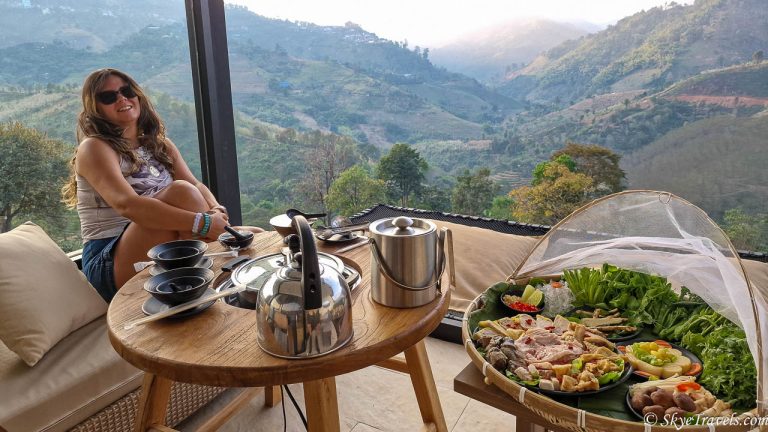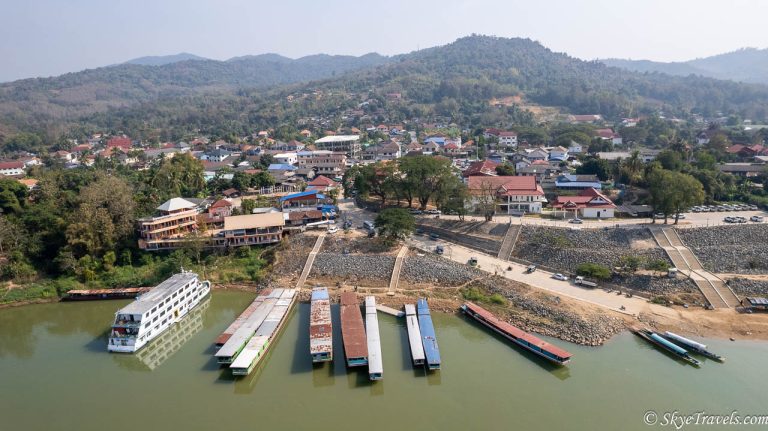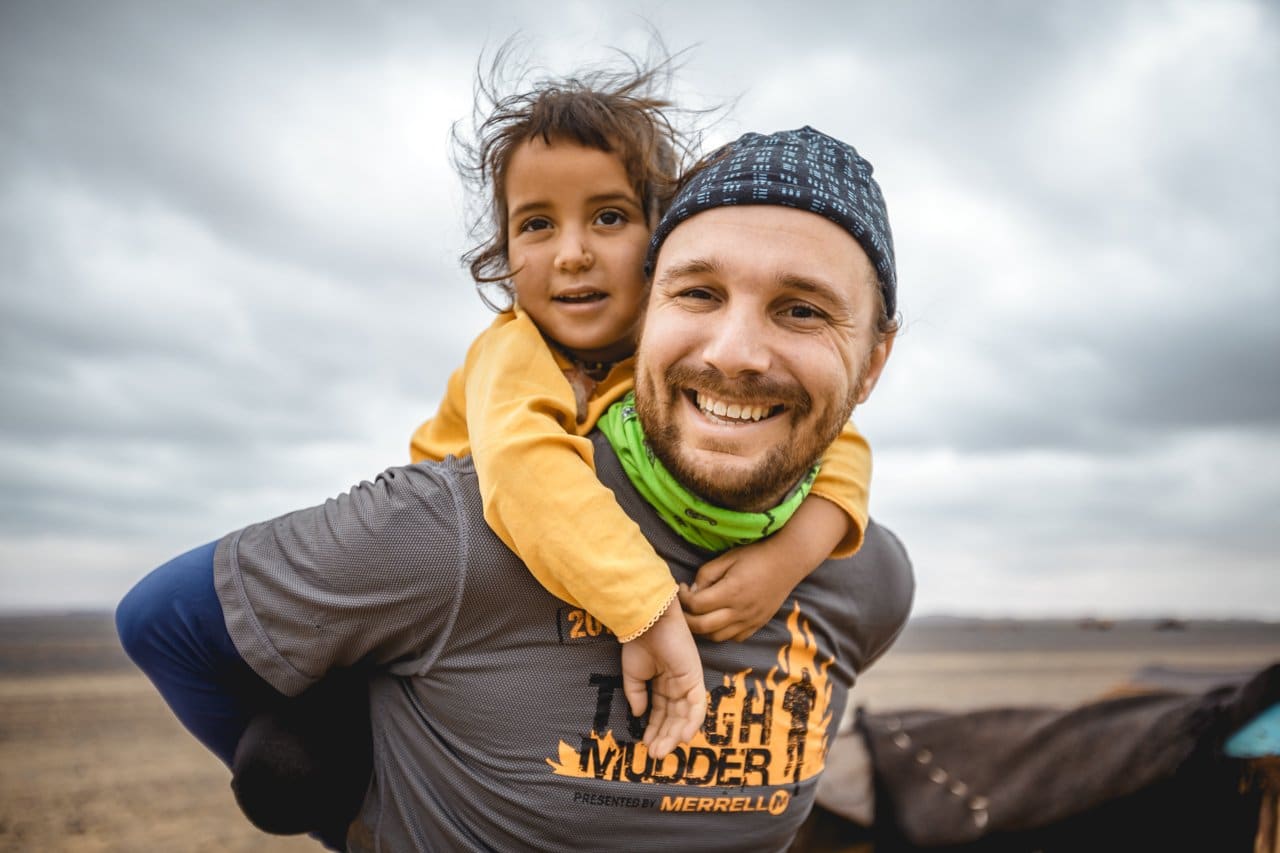I wanted to write about what it was like to celebrate Chinese New Year in Kuala Lumpur, but there aren’t actually that many activities which could be termed celebrations. So this is simply the story of observing Chinese New Year, including both definitions of “observe” – upholding a tradition and watching from a distance. After my visit, I talked with my friends and students to find out everything I missed in the traditions…not all of which I could have participated in anyway.
What is Chinese New Year
Chinese New Year, also known as the Lunar New Year, is celebrated on the second full moon after the winter solstice (December 21st) – so sometime between January 21 and February 20. This year, Chinese New Year was celebrated on February 5th. That’s the day of the New Year, but countries observe the holiday for at least three days and up to fifteen days! It’s also the one holiday which nearly every Chinese celebrates around the world. Other countries such as Mongolia, Tibet, Japan, Korea and Vietnam also celebrate the Lunar New Year on the same day, although they each have their own name for the holiday.
The Chinese observe the holiday as a time to start things fresh. The house is cleaned, new businesses are started, relationships are strengthened, etc. Most Chinese spend the full holiday meeting family and friends. On New Year’s Eve, there is a reunion dinner among family members. Houses are cleaned to symbolize the idea of starting the year fresh, and also to sweep out all the misfortune of the previous year. Another tradition I personally really like is that businesses try to pay off all their debts before the New Year.
Chinese New Year in Kuala Lumpur
After my disappointing attempt to celebrate New Year’s in Vietnam, I figured I’d at least find a good place to celebrate Chinese New Year. From Chiang Mai, the cheapest tickets to a Chinese-related country was from Chiang Rai to Kuala Lumpur (the four-hour bus from Chiang Mai to Chiang Rai is only $4!). Unfortunately, I was guilty of not doing my research again, and I didn’t know what to expect, or really what the real festivities around Chinese New Year in Malaysia would be.
In Malaysia, the celebration lasts for the full fifteen days, but the government gives two days as an official holiday. The house visitations happen throughout these 15 days. Family and friends exchange red envelopes which contain money for luck and prosperity in the new year. Traditionally, only married couples will give the red envelopes to those who are single, although that’s not always followed nowadays.
Yee Sang (Yusheng) is a Chinese New Year’s tradition only celebrated in Malaysia and Singapore. It consists of a plate covered with crackers, salmon sashimi, jellyfish and vegetables (although there are no set foods), with different sauces on the side. Each sauce has a special meaning, such as the sweet tamarind sauce symbolizing having a sweet year, fish is good luck, shrimp means laughter and happiness, etc.
View this post on Instagram
No Fireworks in Malaysia!
I arrived in Kuala Lumpur in the evening of February 4th, New Year’s Eve. That night I made my way to the Petronas Twin Towers, Kuala Lumpur’s most iconic landmark. I was hoping to find a good spot for fireworks. As the clock struck midnight, all that happened was security ushered everyone away from the reflection pond as the area closed down for the night. I made my way back to my hostel disappointed.
On the way, I saw a couple guys pushing a big box carefully into the center of the street. As I watched, they “lit” the box and for the next minute or so I got to see a small fireworks show in one of the back alleys behind Kuala Lumpur’s beer street. It wasn’t spectacular, but it was fireworks and I was happy.
It wasn’t until my last day in Malaysia that I actually found out that fireworks are illegal in the country! So any fireworks I did see were actually done “under the radar” in the streets. I wish I had known beforehand that there wouldn’t be any official displays. Then again, the last time I was in KL it seemed I was watching a different firework show every night from the balcony of my hostel.
Chinatown in Kuala Lumpur
A couple days later, I made my way down to Chinatown where I had stayed the last time I was in Kuala Lumpur. I wanted to see my old hostel and the cafes I used to frequent. It took me half an hour to make my way down there from the center of KL where I was staying this time, only to find that almost every single cafe in Chinatown was closed for the New Year. Seriously, what had I expected?! I did get a chance to see my old hostel, but there was all new staff, and I’m sad to say the lady at the desk wasn’t that friendly.
Throughout Chinatown and the rest of Kuala Lumpur, decorations for Chinese New Year were everywhere. Most prominent were the red Chinese lanterns hanging over the streets and out front of many businesses. There was a festive feeling in the air, and every few minutes throughout the day and night someone lit off a roll of fireworks in the streets (usually just the firecracker variety which made a bunch of noise but didn’t have any special display).
So once again, I was a victim of my lack of research. Just like when I visited Hanoi for the Western New Year, or Istanbul during Ramadan, I didn’t know what to expect for the festivities. Then again, there’s not a whole lot I could have done to celebrate Chinese New Year in Kuala Lumpur without being Chinese myself. It’s a time for family and friends with the reunion dinners and red envelopes. Perhaps if I’d had some Chinese friends I could have visited for the dinner, but I don’t think even that would have worked. So yeah, unless you’re just looking for photos of a bunch of decorations or have Chinese heritage, I wouldn’t recommend visiting Kuala Lumpur for Chinese New Year. I’ll have to get my fireworks fix some other time.
Click to Pin It
Further Reading
Here’s some extra reading to save hundreds on your next vacation or stage of your journey.
- 5 Steps to Book Cheap Flights
- Hostels: To Book or Not to Book
- Is Workaway Worth it for the Traveler?
This post may contain affiliate links. These links help give me the wherewithal to continue traveling at no additional cost to you. For more information, click here.










